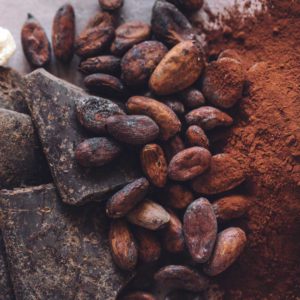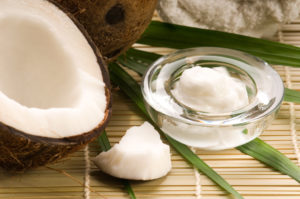Each of us perceives rain differently. But ask us: What exactly does rain smell like? And the answer will be approximately the same, no matter in which corner of the planet people are. Rain has a unique aroma, which our sense of smell defines as the smell of stormy freshness, wet greenery and damp earth.
In the mid-19th century, two Australian mineralogists, Isabel Bear and Richard Thomas, studied this meteorological fragrance in the hope of finding the element that gives it its characteristic rainy note. Ultimately, they discovered its source – organic suspensions in the air (terpenes) contained in the essential oils of plants: the spicy chill of ginger, the dense freshness of needles and the sweet aromas of flower buds.
Another substance that determines the smell of rain is geosmin, which is produced by microorganisms that live in the soil. It is geosmin that smells like loose, freshly dug earth. Most people are very sensitive to this smell and can recognize it in the smallest concentration. Susceptibility to geochange was acquired by man as a result of evolution: once upon a time we all had to look for water.
Scientists are a poetic people. In the course of their research, Bear and Thomas came up with a spectacular name for the smell of rain, defining this aroma as “petrichor” – from the Greek words petra (stone) and ichor (blood of the gods). Only petrichor in its pure form was obtained long before scientists more than three thousand years ago by Indian perfumers in the area of the modern city of Kannauj, Uttar Pradesh.
For many centuries and to this day, Kannauj has been famous for the extraction of delicate aromas – rose water, jasmine and vetiver, whose thick and heavy, incomparable aroma is described in Tamil mythology. However, the residents of the city of perfumers are famous for another unique experience – they know how to preserve the aroma of rain.
It is believed that the Indians were the first to extract its ghostly soul from the rain. From generation to generation, perfumers of Kannauj produce the so-called Mitti Attar, and the raw material for it is not flower buds, but discs of silt clay, which after a day of firing in the oven and six hours of continuous distillation give patient craftsmen their unique aroma.
In order for Mitta Attar to appear, it is necessary for the sandalwood tree, from which the base oil is obtained, to mature, reaching the age of forty, but most importantly – months of exhausting heat until the monsoons arrive. And under the drops of blessed rain, the Indian land is filled with an intoxicating fresh aroma that cannot be forgotten.
The Vedas extol the healing value of Mitta Attar, whose stable, fresh and thick shades give the body freedom from diseases, and the soul – the joy of being, driving away the strongest depression. After all, the aroma of rain always fascinates, awakens the thirst for life and returns to us a forgotten sense of harmony with nature.
Photo from the source Еaudemode















